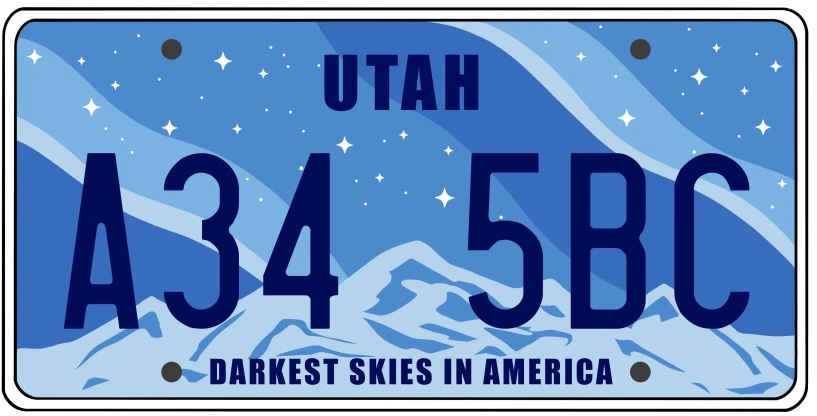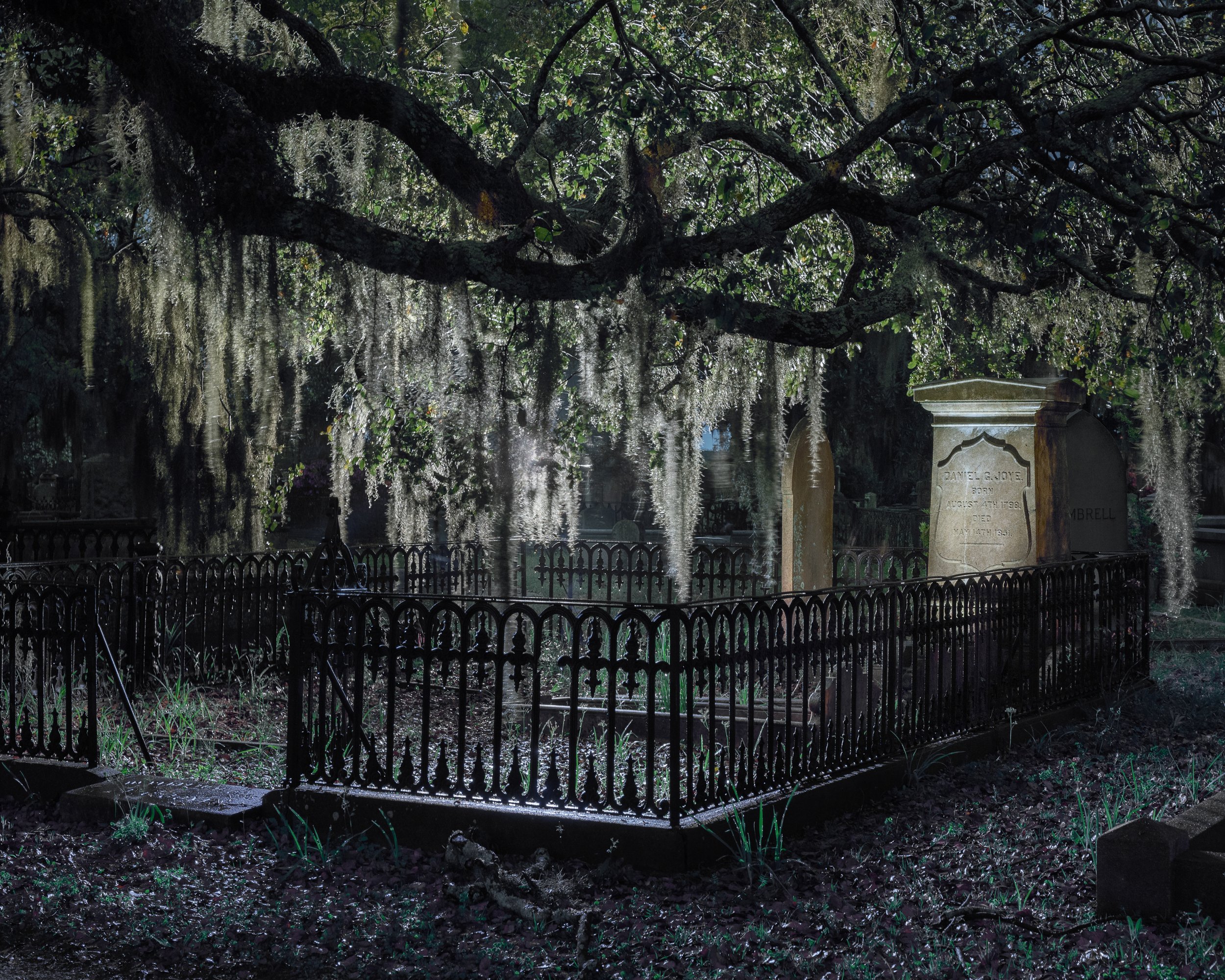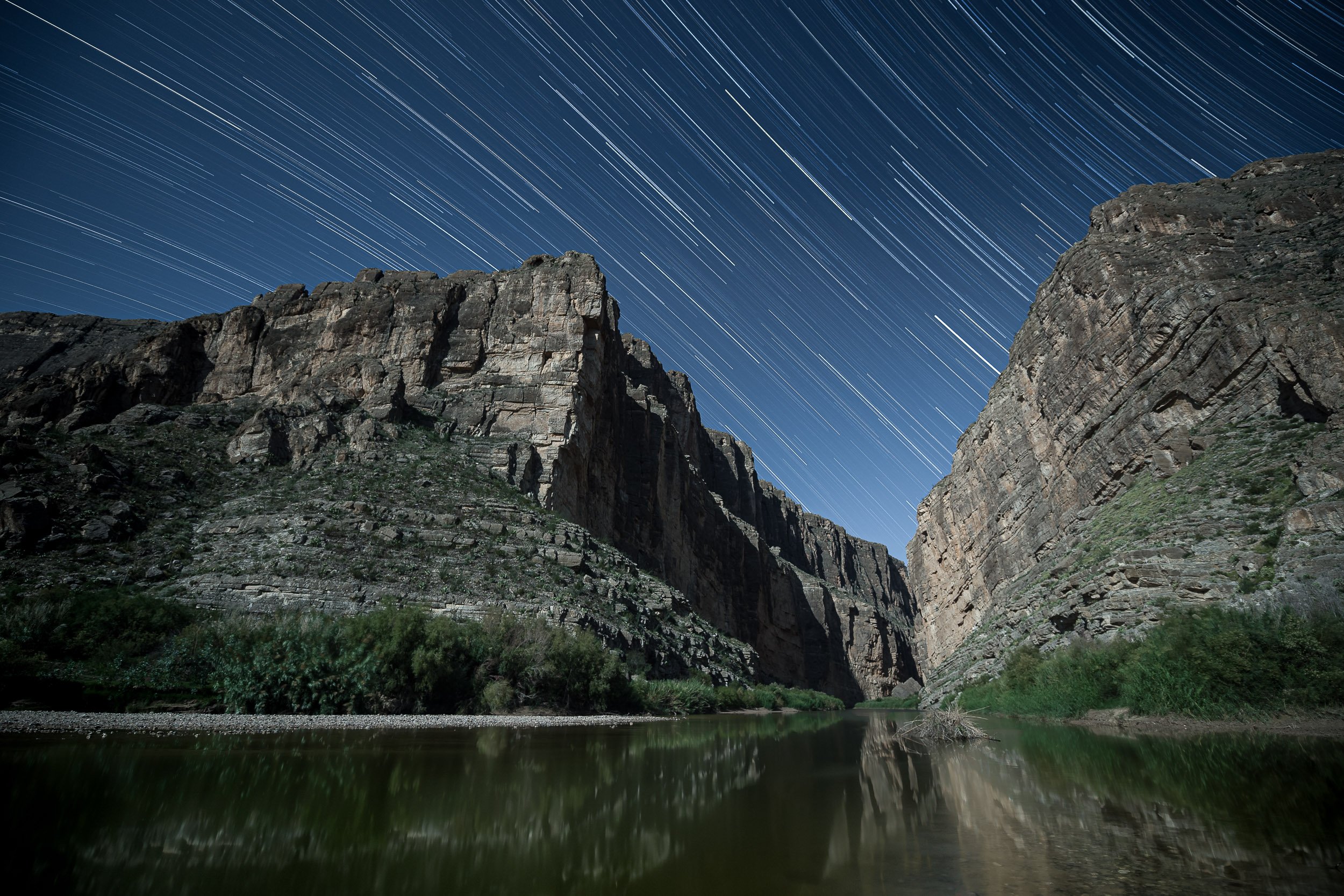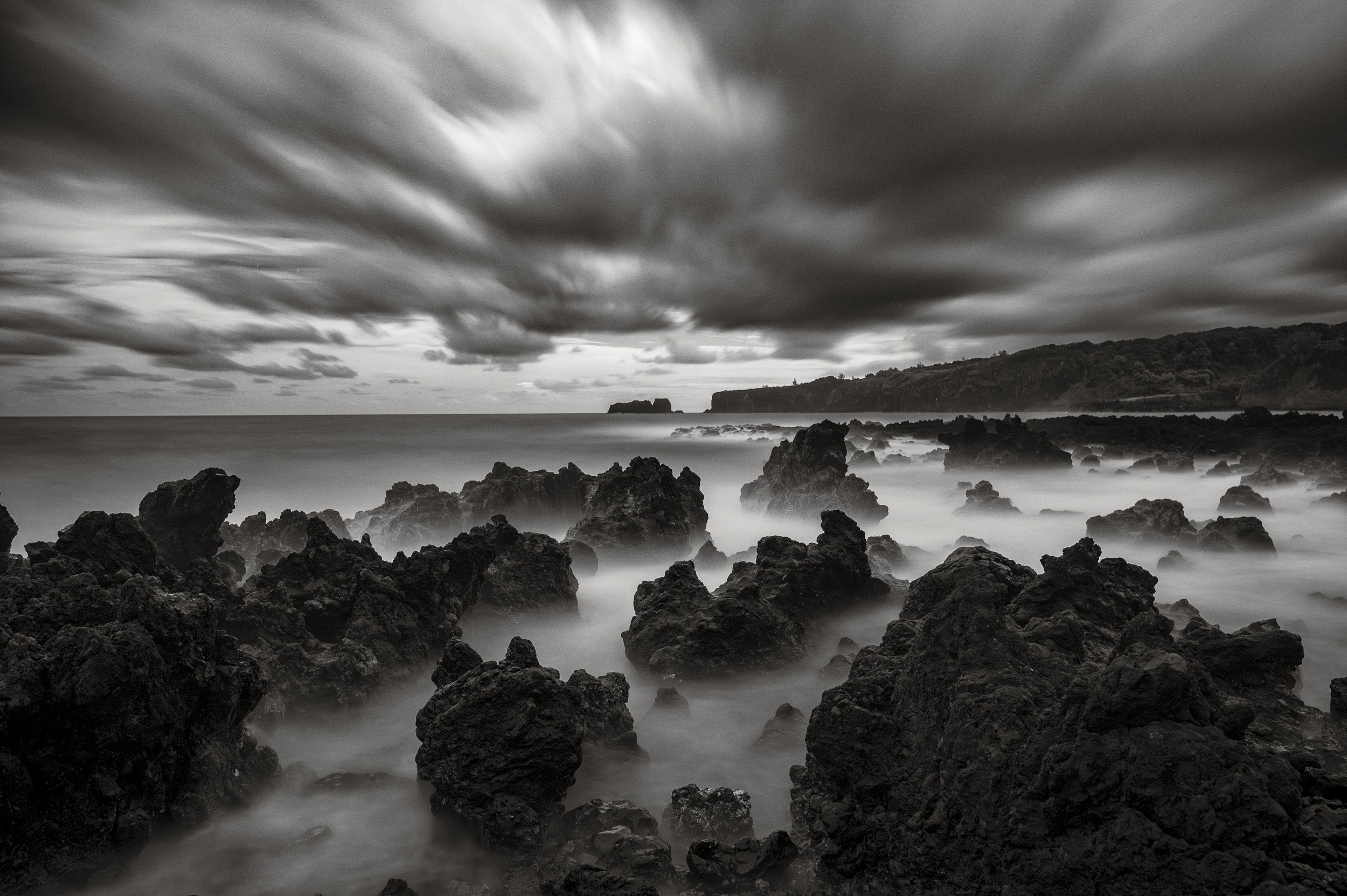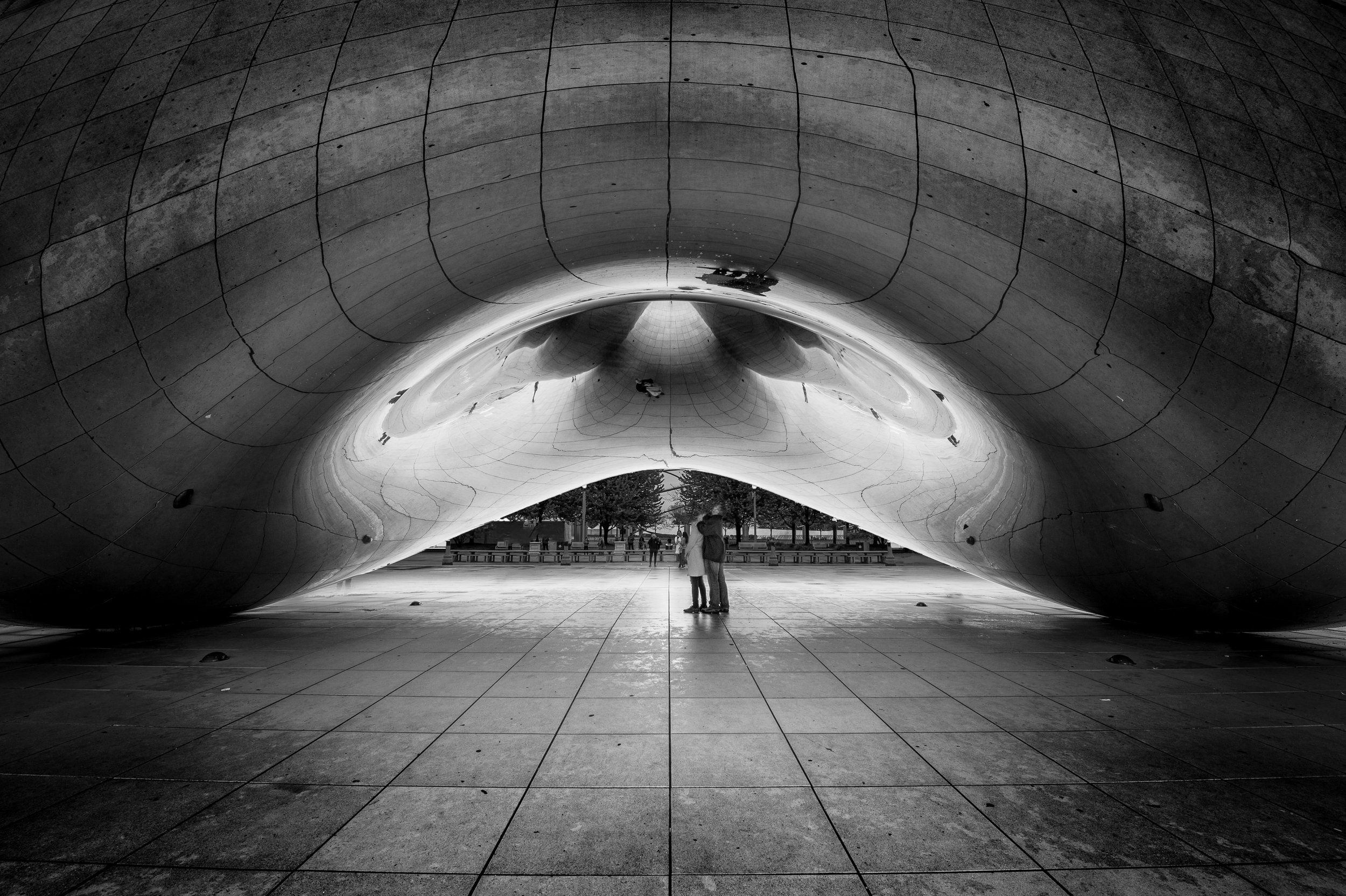This week the International Dark-Sky Association (IDA) announced that Zion National Park has been designated as their very newest international dark sky park. Kudos, booyah and way to go!
The bigger news surrounding that is this: With that designation, now all five national parks in Utah—Arches, Bryce Canyon, Canyonlands, Capitol Reef and Zion—have been recognized as international dark sky parks. (For more information, see the official press release.)
It’s quite an achievement, though not necessarily a surprise. National park lovers know how amazing all five of those places are, and anyone who has roamed or photographed them at night knows the beauty and wonder of those dark skies.
Of course, Utah’s grand landscapes and inspiring night skies aren’t limited to just those national parks. In fact, the state boasts the highest concentration of dark-sky areas in the world, with 24 such designations within its boundaries, including six national monuments and 11 state parks.
If you like night, Utah is a great place to be. Clearly. They even considered making a license plate saying as much:
To celebrate the news of all five of Utah’s national parks being recognized in this way, all five National Parks at Night instructors have pitched in one photo each as a small showcase of what you can expect from Utah’s “Mighty 5.”
Or, perhaps we should rename them the “Nighty Five”?
Arches National Park
by Tim Cooper
Given a name like Arches, you might expect the park to be a one-trick pony. Nothing could be further from the truth. Arches is a gorgeous location with an array of opportunities for the night photographer!
Nikon D4s with a Nikon 14-24mm f/2.8 lens at 15mm. 16 stacked exposures shot at 3 minutes, f/5.6, ISO 100.
Bryce Canyon National Park
by Matt Hill
Bryce Canyon is a Top 10 destination for me because of the extremely accessible canyon rim and extraordinary geological features, such as the hoodoos and sedimentary strata. It’s also cooler in the summer with elevations reaching 9,100 feet, which makes for better night photography conditions.
Nikon Z 6 with a Zeiss Distagon 15mm f/2.8 lens and FTZ Adapter. 198 seconds, f/2.8, ISO 3200.
Canyonlands National Park
by Chris Nicholson
Canyonlands is a wonder of geography and a wonder for the eyes. Every section of the park is amazing in its own way, but especially inspiring is Island in the Sky, where all around you are canyons within canyons within canyons. Not to mention some beautiful rock formations, such as the famous Mesa Arch.
Nikon D3s with a Nikon 14-24mm f/2.8 lens, light painted with a Coast HP7R flashlight. 25 seconds, f/5.6, ISO 6400.
Capitol Reef National Park
by Gabriel Biderman
When Chris, Matt and I did an epic road trip through Utah’s parks, we all fell in love with Capitol Reef. It’s remote and has outstanding, surreal landscapes created by ancient rivers carving through the geology of time. You can explore the backcountry of Capitol Reef by 4x4, but plenty of amazing scenes, like the Twins pictured above, can be found just off the road.
Nikon D5 with an Irix 11mm f/4 lens. 152 stacked exposures shot at 30 seconds, f/4, ISO 6400.
Zion National Park
by Lance Keimig
Zion is one of the crown jewels of our park system with its steep red cliffs and at least six deep narrow canyons carved by the Virgin River, including the famous Subway and the Zion Narrows. It’s an outdoor paradise with easy to strenuous hiking, biking, canyoneering and climbing, and wildlife abounds. I love it because there are plenty of hard-to-miss, grandiose photo opportunities, but even more subtle photogenic scenes for the observant photographer. Oh, and some very dark skies.
Nikon D750 with a 20mm lens. 6 minutes, f/8, ISO 800.
Your Turn
What do you think of all five of Utah’s national parks being designated as international dark-sky parks? We’d love to hear, and we’d love to see your night photos of these amazing places. Feel free to share in the comments, on our Facebook page or on Instagram (tag us @nationalparksatnight and/or hashtag us #nationalparksatnight).

